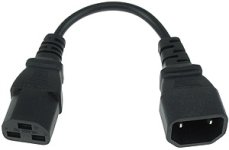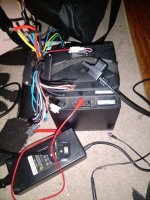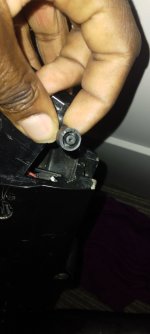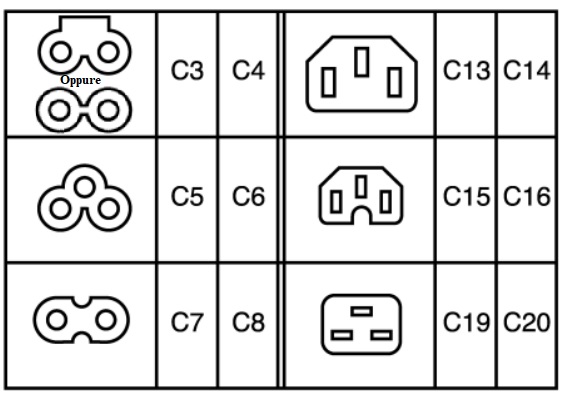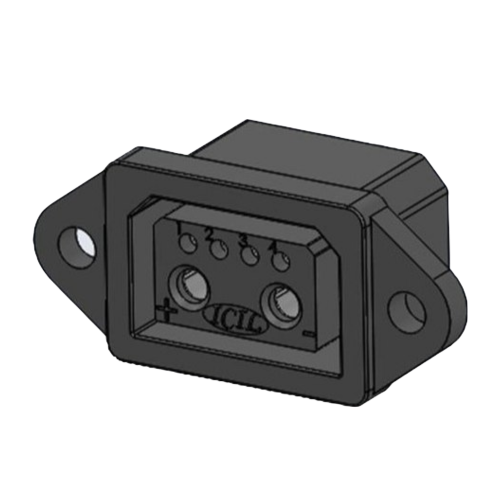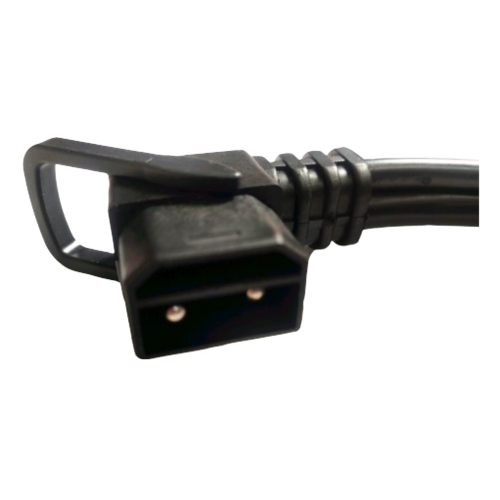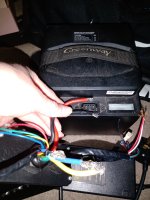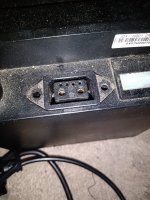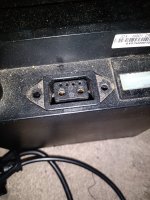i_like_bikes
1 mW
Hi! I would like to know if there is a convenient standardised way to connect to the pos and neg terminals of any battery regardless of the connector type. For example, say you come out to a client to wire up their ebike. Say the battery has a connection type that you've never seen before, but you still need to proceed with connecting it straight away, so you can't wait to order in a connector.
For example, here is a picture of a Greenway 48v 16amp battery. The terminals are inaccessible without a probe-style prong. Google says this is a 'USA plug'.

Is there a solution where no matter what kind of battery someone has, you can easily safely and securely connect to the terminals so you can then wire up to the power wires of the controller?
I'm imagining something like the probes that connect into a multimeter. But then there is the consideration of the appropriate size of the prongs, and how to ensure a secure and insulated connection? Maybe if there are only a few sizes, I could carry all the possible probe sizes on me, to then connect onto a wire that leads to the controller power wires? Also important is the economic factor.
Thanks for your help! I would like to conveniently and economically connect up this battery, and any other battery I come across, immediately on the spot without waiting to order a specific connector type. Is there something sort of universal that I can use?
For example, here is a picture of a Greenway 48v 16amp battery. The terminals are inaccessible without a probe-style prong. Google says this is a 'USA plug'.

Is there a solution where no matter what kind of battery someone has, you can easily safely and securely connect to the terminals so you can then wire up to the power wires of the controller?
I'm imagining something like the probes that connect into a multimeter. But then there is the consideration of the appropriate size of the prongs, and how to ensure a secure and insulated connection? Maybe if there are only a few sizes, I could carry all the possible probe sizes on me, to then connect onto a wire that leads to the controller power wires? Also important is the economic factor.
Thanks for your help! I would like to conveniently and economically connect up this battery, and any other battery I come across, immediately on the spot without waiting to order a specific connector type. Is there something sort of universal that I can use?


